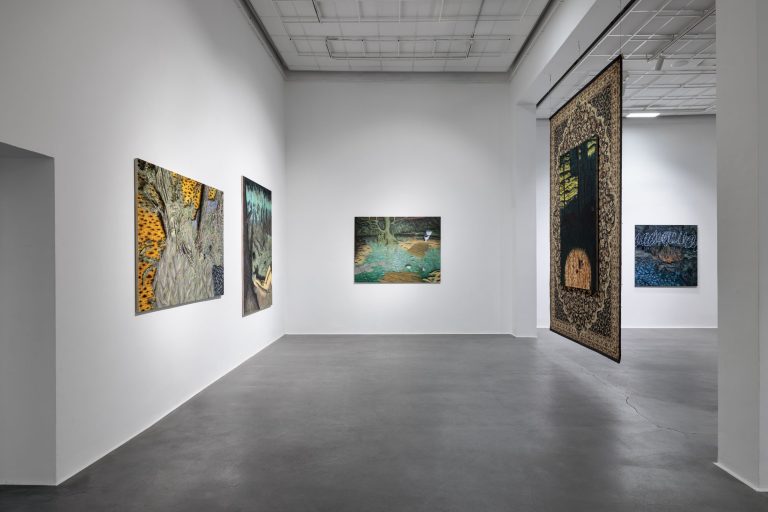Artist: Mateusz Choróbski
Exhibition title: A Slow Collapse of a Journey
Venue: Wschód, Kronika, Poland
Date: July 23 – September 1, 2016
Photography: images copyright and courtesy of the artist and Wschód
“The ways in which we do not know things are just as important (and perhaps even more important) as the ways in which we know them – as Giorgio Agamben wrote in Nudities – There are ways of not knowing – carelessness, inattention, forgetfulness – that lead to clumsiness and ugliness, but there are others – (…) the enchanting sprezzatura of an infant, whose completeness we never tire of admiring (…)
It is possible, in fact, that the way in which we are able to be ignorant is precisely what defines the rank of what we are able to know and that the articulation of a zone of non-knowledge is the condition – and at the same time the touchstone – of all our knowledge. (…) And yet, while humans have reflected for centuries on how to preserve, improve and ensure their knowledge, we lack even the elementary principles of an art of ignorance.“
Mateusz Choróbski’s exhibition in Bytom, The Slow Collapse of a Journey, seems to be underpinned by an analogous sign structure, yet it pertains in the narrow sense to what is not seen – overlooked, invisible, or simply unnoticed. As such, it relies on objects that are not viewed, objectified as instruments in the process of viewing – fluorescent lamps and windows. The artist renders them partly dysfunctional, thus problematising not so much the sheer appreciation in art historical discourse – viewing, but also hinting at their materiality, which Choróbski later uses to contradict their symbolical function. Blinding all windows in the exhibition space at the Kronika Gallery serves the purpose of highlighting the significance of the bay windows, which are removed by the artist as well as relocated and situated – in the form of a glass pane created by Choróbski – between the bay and the gallery space. The artist’s gesture appears as an operation carried out on the perfectly polished, transparent and neutral Albertian window, a gesture leading towards a surface that manifests materiality, dirt and disturbances which emerge on the border of the Kronika interior and the context of the gallery, the intervention and the non-intervention of the artist in the object – the window pane. The work compels viewers to look at the quality against which art historical discourse operates and against which it constructs meanings – materiality, which crystallises “before the eyes“ of the viewer, disturbing the transparency and deeming invalid the transcendence towards extra-material territories of the consolidation of meanings.
–Magdalena Radomska
Mateusz Choróbski was born in 1987 in central Poland (Radomsko, the Łódź province). He received a bachelor’s degree in photography from the University of Arts in Poznań (2011) and a master’s degree in media arts from the Academy of Fine Arts in Warsaw (2013). He achieved further expertise in multimedia during the period between 2011 and 2013 thanks to the inter-university cooperation between his home institute and the Fryderyk Chopin University of Music in Warsaw
















